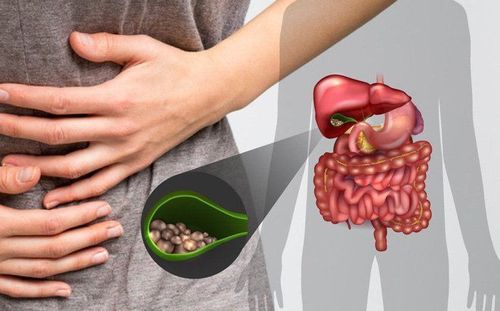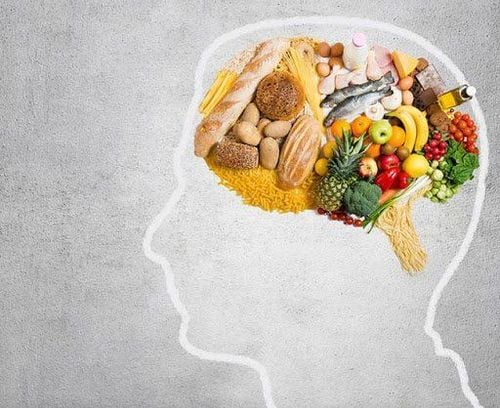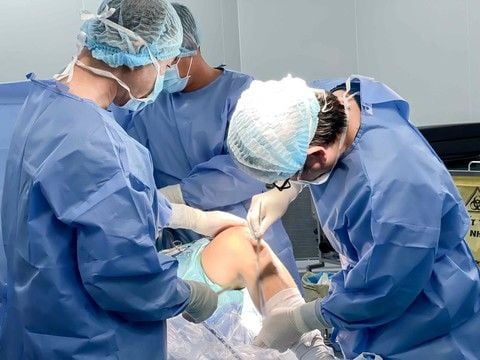The article is professionally consulted by Ngo Thi Anh, MSc, MD, Pediatrician at the Department of Pediatrics and Neonatology, Vinmec Ha Long International General Hospital.
Overweight and obesity are often used interchangeably, leading many to believe they are the same mistakenly. However, they differ and are classified clearly on the BMI.
1. Definition of overweight and obesity.
Overweight is a condition in which body weight exceeds the appropriate threshold for the current height.
Obesity is a condition characterized by excessive fat buildup, often found throughout the body, which negatively affects health. When evaluating obesity, it is not only important to consider body weight but also the percentage of body fat.
2. The differences between overweight and obesity.

2.1. Body Mass Index (BMI)
To assess overweight or obesity, BMI values are often referenced according to regional charts. BMI, or Body Mass Index, is a measure of body mass and is used to estimate the amount of fat in the body. The BMI applies to both males and females and is determined by the following formula:
BMI = W / (H^2)
W is the weight of the person to be measured (kg)
H is the height (m)
2.2. BMI for overweight and obesity.
The International Obesity Research Society, together with the International Diabetes Federation and WHO's Pacific Regional Office, has issued recommendations on BMI values for overweight and obese individuals in Southeast Asia (including Vietnam) as follows:
- Overweight: BMI ≥ 23
- Pre-obese: 23 < BMI < 24.9
- Obese Class I: 25 < BMI < 29.9
- Obese Class II: BMI ≥ 30.0
The distribution of excess fat is highly significant to disease risk. Fat buildup in the abdominal area is often more dangerous than in peripheral areas. Therefore, in addition to monitoring BMI, we also need to consider other factors, such as the waist-to-hip ratio.

The dangerous threshold of BMI for each gender is as follows: 0.9 for men and 0.8 for women. Those within these ranges face a significantly higher risk of developing cardiovascular disease, hypertension, diabetes,... in adults.
3. Overweight and obesity in children.
For children, the WHO recommends assessing overweight and obesity based on the height-to-weight ratio. Alternatively, the BMI table can be used, but the values should be accurately calculated for each age group.
Some signs of overweight and obesity in children that can be observed visually include:
- Uncontrolled weight gain, with a rapid monthly increase on the growth chart.
- A round face, chubby cheeks, and noticeable neck folds.
- Thick abdominal fat, with fat deposits in the groin, chest, thighs, and armpits.
- Excessive sweating during normal physical activity.
4. The consequences of obesity on human health.

4.1 The consequences for adults.
The health conditions caused by obesity:
- Cardiovascular diseases, including hyperlipidemia, hypertension, coronary artery disease, and cerebrovascular accidents (stroke),...
- Diabetes
- Gallstones: Obese individuals have a fourfold higher risk of developing gallstones compared to those with normal weight. Abdominal obesity is directly proportional to the risk of gallstones; the more abdominal fat, the higher the likelihood of developing this condition.
- Cancer: Increased risk of breast cancer and cervical cancer in women. In men, kidney cancer and prostate cancer are more commonly observed.
- Musculoskeletal disorders, Gout.
- Obese women experience significant challenges during labor and are at a high risk of developing hypertension and diabetes during pregnancy.
- The patients may also be at risk of other conditions such as arthritis, back pain, and an increased risk of joint degeneration,...
- During surgery, obese individuals are more prone to complications and have a slower recovery from surgical wounds.
- Due to their obesity, movement is difficult, which increases the risk of workplace accidents.
- The life expectancy of obese patients is usually shorter than that of people with normal weight.
4.2. The consequences for children.
If weight gain is not properly managed, children may grow up to become obese, facing the risk of various serious diseases. However, children who are overweight or obese from an early age already face significant health disadvantages:
- Being teased and bullied by peers can lead to low self-esteem. Over a prolonged period, this can have a serious impact on the child's mental health, and in more severe cases, it may continue into adulthood, with many children being at risk of depression. This significantly affects the child's learning quality and psychological well-being before and after puberty.
- Tendency to develop low self-esteem, dissatisfaction with body shape, obsession with being overweight, and body hatred...
To effectively treat overweight and obesity, you should consult experienced nutrition experts. They will provide you with the most appropriate plans to effectively manage overweight and obesity.
For children, it is important to ensure the diet provides the necessary nutrients for their growth and development. In particular, psychological factors play a crucial role in the treatment of obesity. Patience is essential, as well as maintaining a positive attitude and avoiding discouragement to achieve the desired weight loss.
To arrange an appointment, please call HOTLINE or make your reservation directly HERE. You may also download the MyVinmec app to schedule appointments faster and manage your reservations more conveniently.








